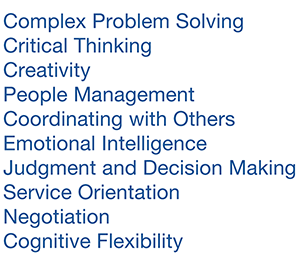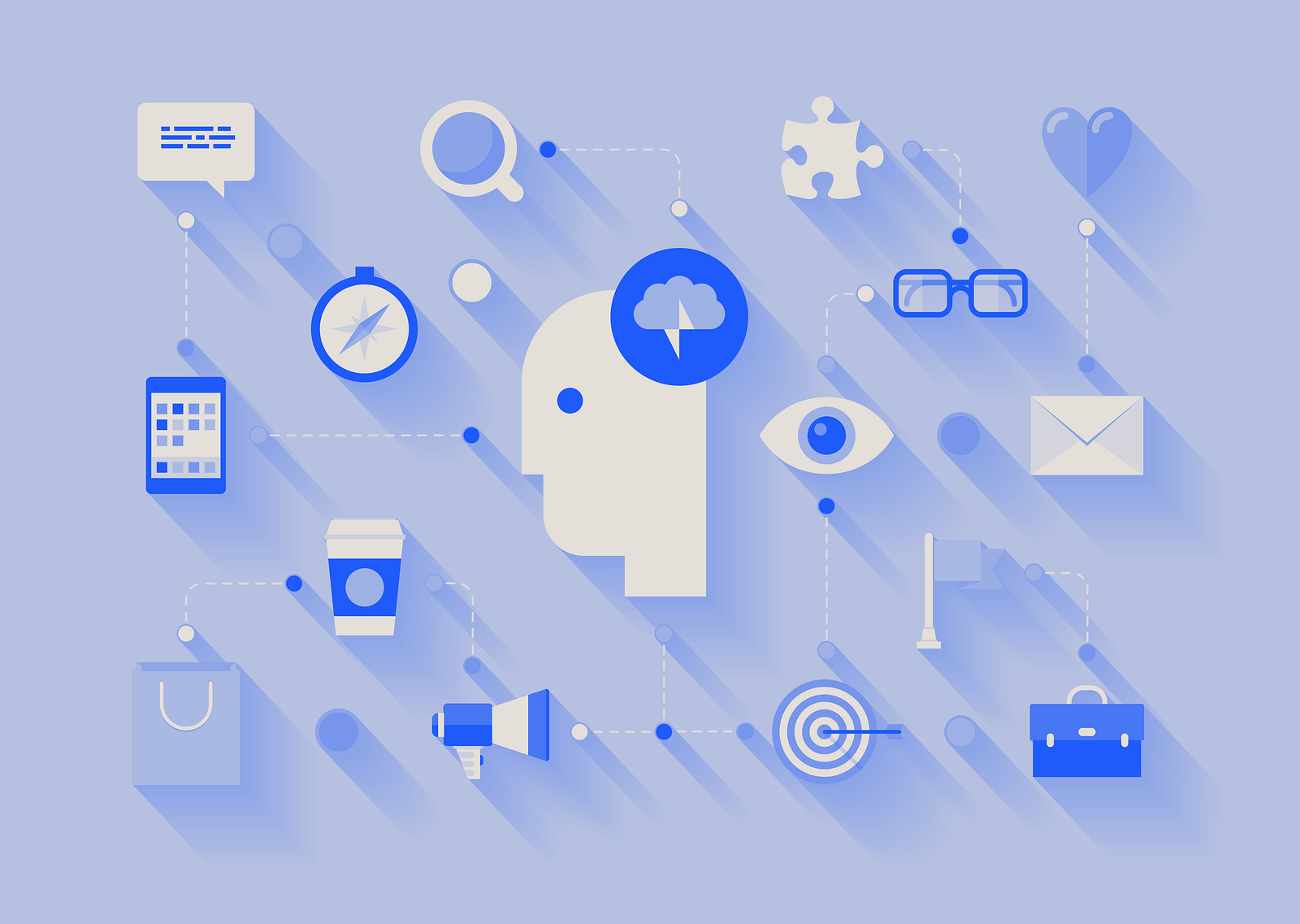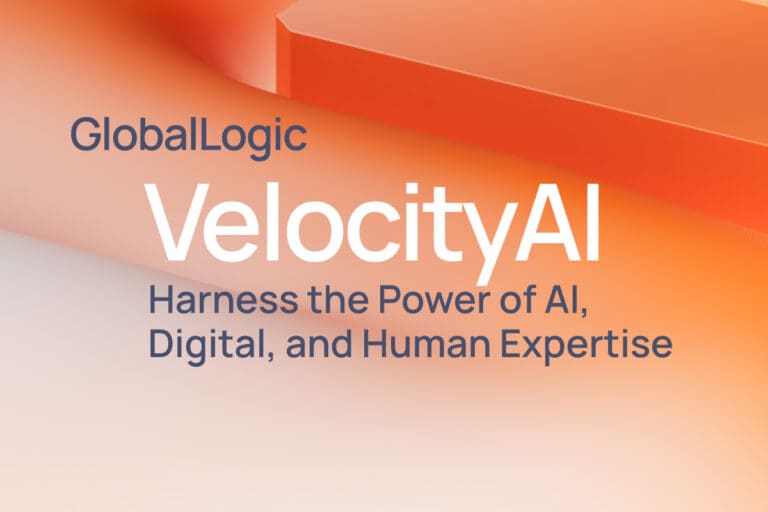
With the rise of advanced automation causing radical socio-economical changes, pedagogy will likely focus on the indispensable cognitive, creative, and social skills of the 21st century workplace. Recently the World Economic Forum estimated that 65% of children entering primary school today will ultimately end up working in jobs that currently don’t exist. We can assume those jobs will be cognitively demanding and require higher-order skills such as the ability to comprehend the context and not just the content, as well as creatively defining problems rather than reflexively solving for them. In an hyperconnected society where the nature of work is increasingly collaborative, social and argumentative capabilities will be even more important.
Educational system reform, the design of scalable and nonisolated applications of AI into education, and the growth of an entrepreneurial mindset to lifelong learning are just some of the intertwined challenges yet to be addressed adequately. Although academic research has been investigating scenarios and possibilities for decades, not much has significantly changed as far as the tools and resources available to teachers and learners, despite their increased digitization.
There is an important distinction between the digitization of traditional learning models and their actual transformation using digital technologies.
For example, the broad availability of online courses taught by top instructors from the best educational institutions offers high-quality instructional content but still falls far short of providing a high-impact, personalized, and adaptive learning experience. Education startups around the world are growing exponentially and pioneering new learning systems (see AltSchool for instance), while incumbents are waking up to the reality of rethinking their business to rapidly plan for complex, massive shifts.

Personalized education as a design challenge
The prevailing educational system was designed for the needs of the industrial age and is quickly losing its edge as we move into the information age. My exposure to the pioneering work of DARPA, the ingenuity of edtech startups such Kidaptive, and more recently Method’s collaboration with Pearson, has been the opportunity to explore the design implications of new learning approaches.
Absorbing factual knowledge within a rigid scaffolding is obsolete. Personalized methods promote instead the understanding of key concepts and frameworks as well as how they can best be applied.
Therefore, we need to design a new generation of tools capable of successfully supporting nonlinear, adaptive, and engaging educational experiences. Their efficacy will depend on the “intelligence” of the learning systems to continually adapt according to at least five types of awareness:
- The recognition of the individual’s physical and emotional state (as it affects their learning ability)
- The understanding of the purpose and context of learning (e.g. reasons for acquiring new skills, the learning environment, physical and virtual, culture, market, flow of contextual data from IoT and wearables)
- The awareness of the individual as a learner (e.g. previous achievements, engagement level, mastery grade, etc.)
- The knowledge of the subject or domain (e.g. genetics, critical thinking, cultural awareness, etc.)
- The pedagogical approach (e.g. conceptual learning, assessment model, proactive guidance, productive failure, etc.)
The learning system will need to combine this ever-changing aggregate information with the algorithms designed to process it.
In a more aware educational system, the primary and most valuable role of AI is to determine the sequence and modality of the interactions between the learning tool and the learner. As a result, the user experience is largely the product of artificial, data-driven, real-time design. It’s critical to define clear responsibility for decisions affecting the user experience that are unpredictable and potentially undesirable or flawed. Who should be held accountable? How can we mitigate those risks? How are these kinds of smart technologies ultimately shaping the role of instructors rather than the other way around? Analogous issues are present in the AI discourse across industries, from automotive to healthcare.
These questions will persist long after primary schooling, as we will have to interact frequently with a rich educational marketplace. It will be crucial to find effective ways to inform decisions about the most relevant capabilities to acquire. Lifelong education is likely to assume an entrepreneurial, strategic, growth-based mindset in dealing with knowledge. How can such approach be taught? Will it perhaps be the specialty of human/artificial coaches or mentors, independent from specific learning platforms?
Finally, another key aspect of the design challenge is related to the creation of virtual environments where practice can enhance knowledge in an artificial but realistic context with the support of real or synthetic learning companions.

Design will have to expand to new areas, such as pedagogical design and algorithmic design, and it will also need to bring an even broader systemic approach into the creation of products and services. The quality of education will be predicated on the quality of its ecosystem as a whole. The strategic ability of design is to connect human and cultural insights with business rationale and technology innovations. This ability is going to play a crucial role in developing new tools such as AI to meaningfully advance the learning experience.







